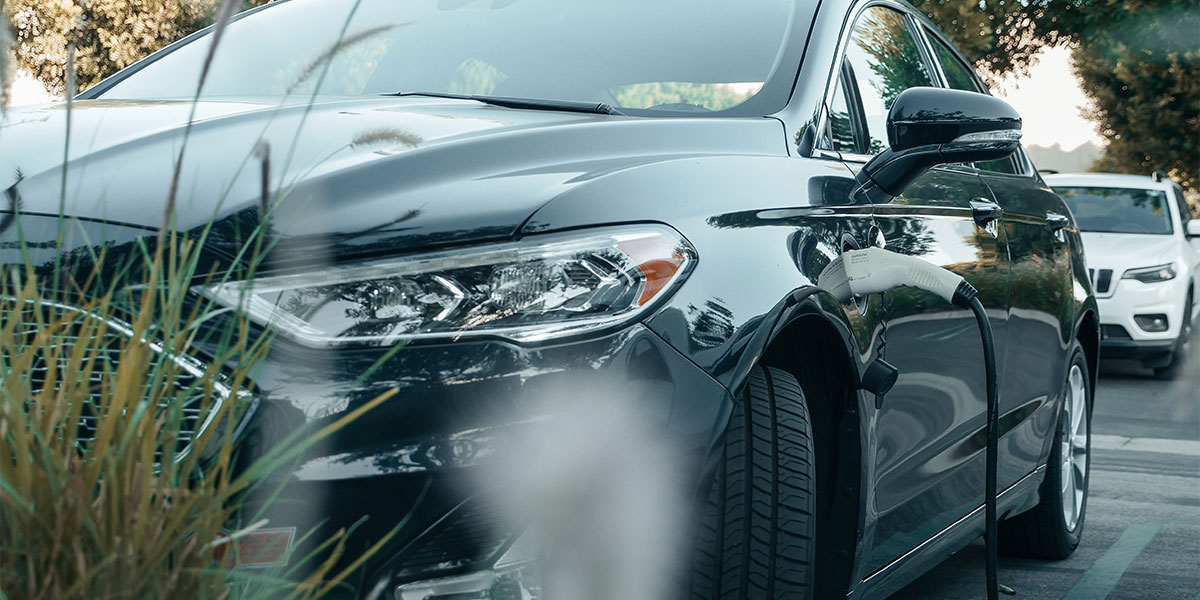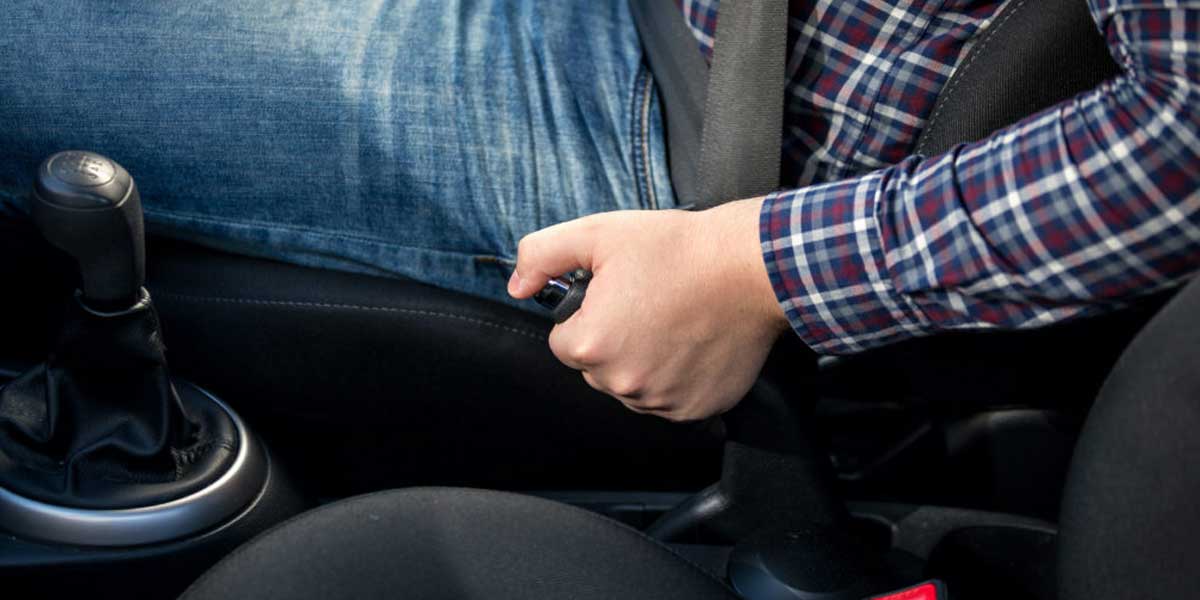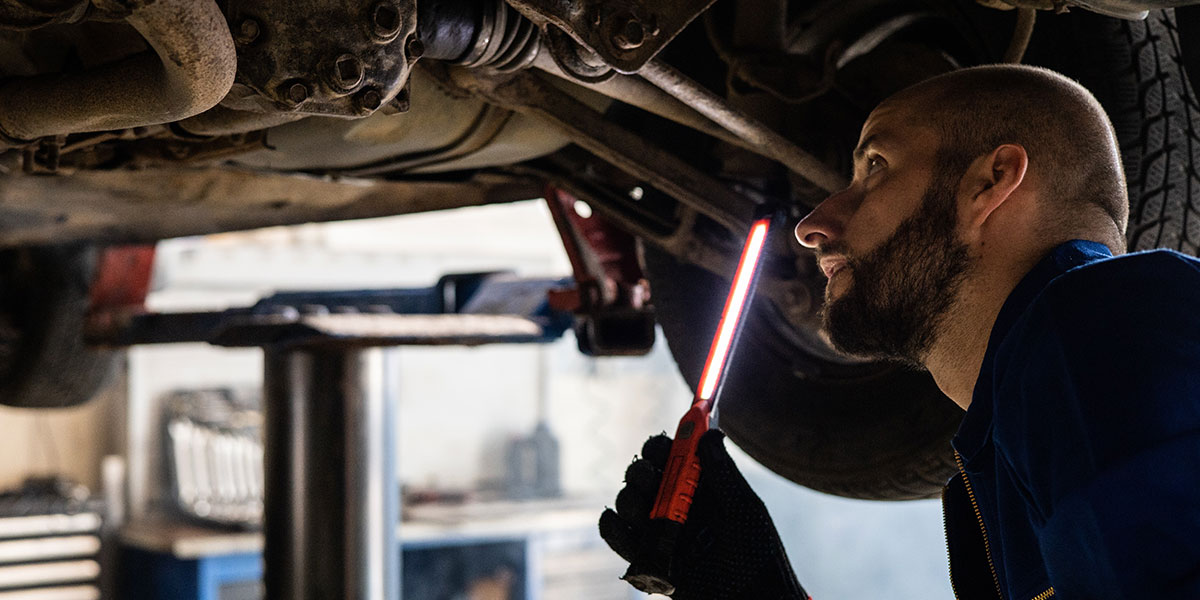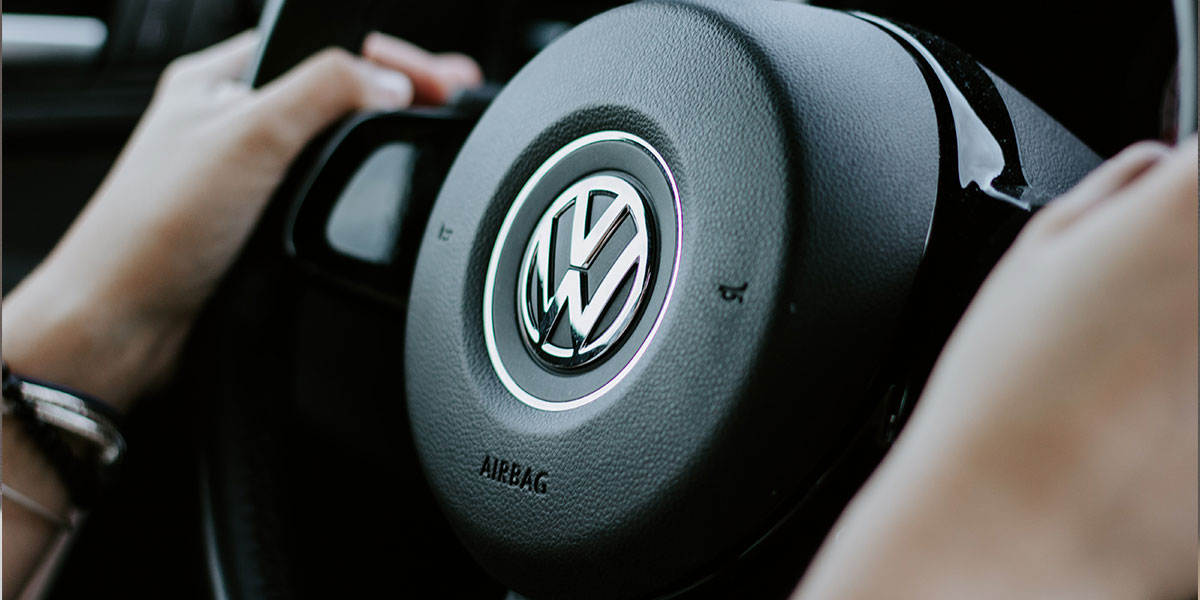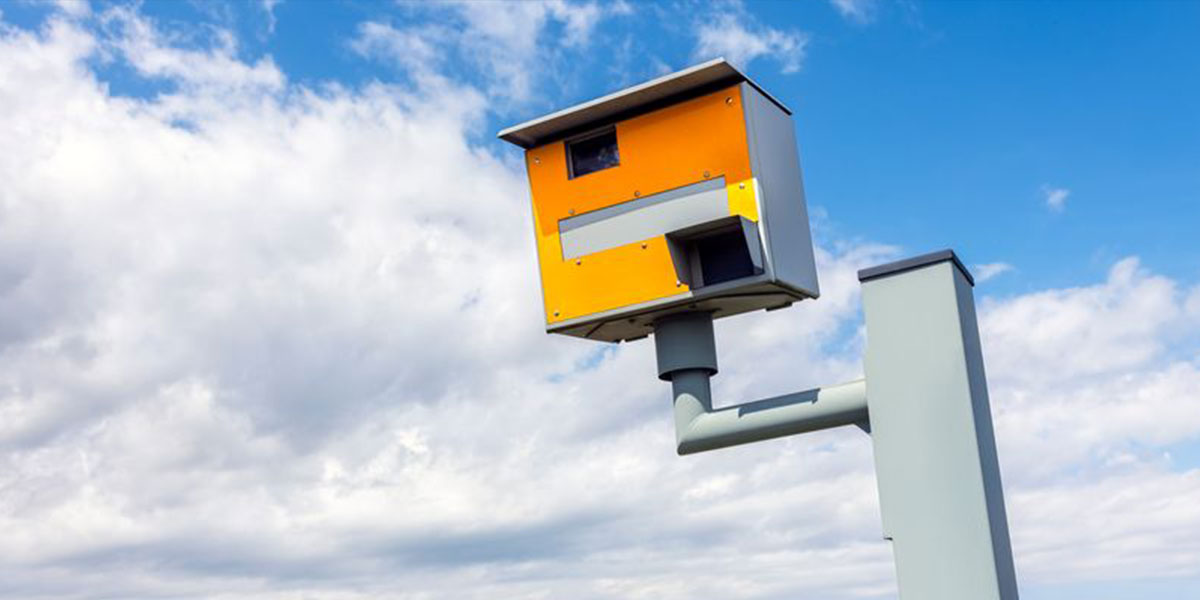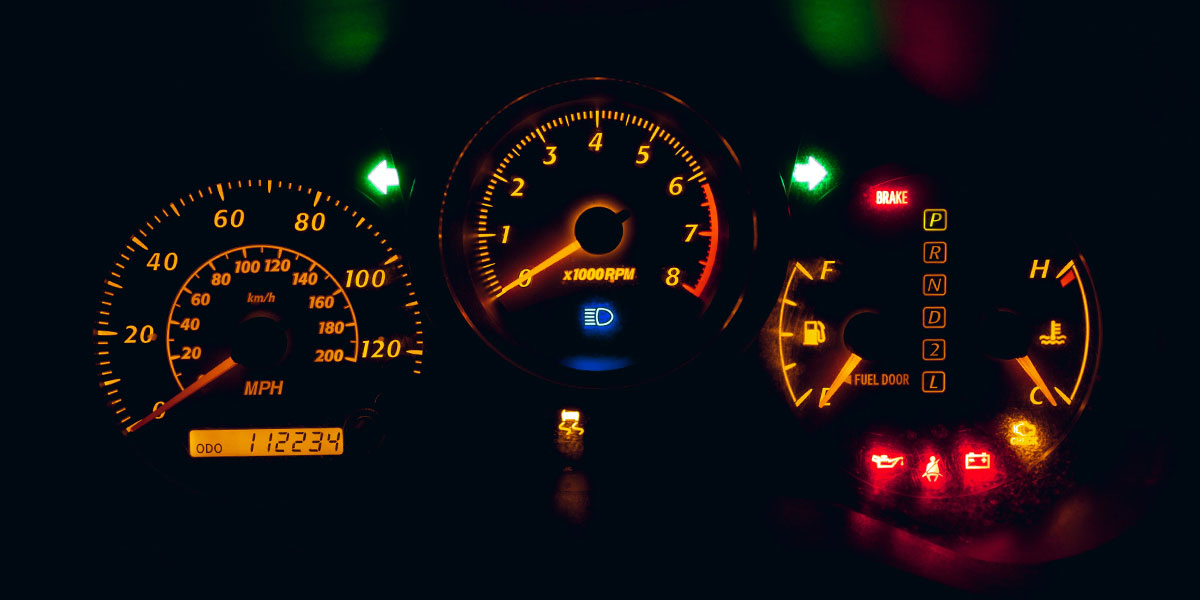These changes have been made in light of ever-improving safety technology in new vehicles, as well as the rising popularity of EVs and hybrid vehicles. The need to balance cost-of-living stress was another important factor.
What is the current MOT legislation?
When a car undergoes an MOT test, the vehicle is checked comprehensively to ensure it meets the legal standards. MOTs have been in place since the 1960s, and underwent a significant overhaul in 2018, with the addition of tougher emissions checks for diesel vehicles and a new rating system.
Different elements are checked in cars and motorcycles during an MOT, but the test does not cover the condition of the engine, clutch or gearbox. Expect elements like the headlights, handbrake efficacy, and structural wear and tear to be checked during an MOT. The average MOT costs £40.
Under current legislation, new vehicles have to go through an MOT after three years on the road. Once a car qualifies for MOT, it must then undergo the test once every year.
What are the proposed MOT test rules?
Extension to roadworthiness testing
Under the proposed changes, new vehicles would be eligible for their first MOT after four years, instead of the current legislative requirement of three. The DfT and DVSA have suggested that the move could save UK motorists ‘around £100 million a year’ in MOT fees.
The DfT and DVSA insist that this change ‘should not impact road safety’, given that ‘most new vehicles pass the first MOT test at 3 years.’ The proposed changes for roadworthiness testing would bring the UK in line with regulations in European countries including Spain, France, Portugal, Denmark, Belgium and Italy.
These changes had been proposed in 2017-18, when they received little public support, with concerns over vehicular safety cited as the main reason for opposition.
Changes to frequency of MOT testing
Once a vehicle is eligible for MOT testing, under current legislation, it must be tested annually. The proposed changes would amend this to make MOT testing a biannual (once every two years) requirement instead. This amendment was first suggested in 2022, but was shelved at the time due to safety concerns.
Testing of EV batteries
The consultation also aims to consider whether MOT test rules should be amended to include testing of EV batteries to ensure these remain safe and reliable, and therefore, roadworthy.
Particulates monitoring
In 2018, MOT test rules were overhauled and tightened, with greater emissions checks implemented for diesel vehicles.
The new proposal would implement greater testing of pollutants and particulates for diesel, petrol and hybrid cars (vehicles with any kind of internal combustion engine). This proposed amendment to MOT test rules is designed to ensure that these vehicles continue to meet emissions requirements.
Loud engines and MOT fraud
The consultation also seeks to establish whether tougher measures should be introduced to tackle excessively loud engines, as well as striving to crack down on MOT and mileage fraud.
Is there opposition to the proposed changes to MOT test rules?
Edmund King, President of the AA, has been critical of the DfT and DVSA’s MOT pass data, stating that one in ten cars fail their first MOT.
Critiques have also been levelled at the extension to MOT test rules for new vehicles, with the RAC suggesting that high mileage vehicles should be required to test sooner in order to ensure their continued roadworthiness.
The government’s proposed cost-cutting measures have also come under fire, with safety professionals suggesting that any money saved on annual MOT tests would be minimal, due to the need for cars to remain road safe, and the concurrent cost of high repair bills. Alternatively, it has also been put forward that less judicious drivers might risk lives by driving unroadworthy vehicles.
There are also concerns that proposed changes to MOT test rules might put jobs in the garage industry at risk.
Finance a road safe vehicle with My Car Credit
If you’re finding the upkeep of an older vehicle costly, it may be time to upgrade to a safer, MOT-worthy model. Get a car finance quote with My Car Credit and find out how to make the most from your money today.

